Steel plate girders offer superior torsional resistance, making them particularly suitable for bridges or structures with curves, uneven loading, or asymmetrical configurations. The closed cross-section enhances structural rigidity while also providing improved protection against corrosion, moisture, and environmental wear. This design reduces maintenance needs and increases longevity, particularly in harsh climates or coastal areas. By combining high torsional stiffness with protective features, box girders deliver both performance and durability, ensuring that complex or high-load structures remain safe, stable, and low-maintenance over their entire service life.

Steel Plate Girder vs Box Girder: Key Differences
When it comes to large-scale construction projects, choosing the right structural elements is crucial. Steel plate girders and box girders are two popular options, each with its own set of advantages. At Shenyang Zhongda Steel Structure Engineering Co., Ltd., we specialize in manufacturing high-quality steel plate girders that offer exceptional strength and versatility. Let's explore the key differences between these two structural components to help you make an informed decision for your next project.
Steel plate girders and box girders are both used in bridge construction and other large-scale structures, but they differ in design, load-bearing capacity, and application. Steel plate girders consist of a vertical web plate with horizontal flanges, offering a balance of strength and cost-effectiveness. Box girders, on the other hand, have a hollow, box-like cross-section that provides superior torsional rigidity. The choice between the two depends on factors such as span length, load requirements, and environmental conditions.
Design and Structure: Understanding the Basics
Steel Plate Girder Composition
Steel plate girders are I-shaped structural beams composed of a vertical web plate and two horizontal flanges, each performing a specialized role. The web primarily resists shear forces, while the flanges absorb bending moments, ensuring optimal structural performance. At Zhongda Steel, we utilize premium Q420qE steel, capable of withstanding extreme conditions with temperatures as low as -40°C and impact strength ≥34J (GB/T 714). Advanced laser cutting ensures precise fabrication with tight tolerances of ±0.5mm, and flange thicknesses ranging from 14 to 80mm, guaranteeing both reliability and consistency for demanding engineering applications.
Box Girder Configuration
Box girders consist of a hollow, rectangular cross-section formed by two webs and two flanges, creating a closed structural shape. This design provides exceptional torsional rigidity, making box girders ideal for curved bridges, long-span structures, and applications subjected to eccentric loads. While their enhanced stiffness improves structural performance, the manufacturing process is more complex, leading to higher fabrication costs compared to conventional plate girders. Careful planning and precision assembly are required to maximize the benefits of this configuration while maintaining overall project efficiency and durability.
Structural Efficiency Comparison
Both steel plate girders and box girders offer impressive strength-to-weight ratios, but Zhongda Steel's plate girders provide a notable 60% efficiency advantage due to our innovative bolted design. This design accelerates assembly, reduces the need for heavy on-site welding, and minimizes labor costs, making it ideal for time-sensitive construction projects. The combination of high structural performance, ease of installation, and precise manufacturing allows engineers to achieve both safety and economic efficiency, making steel plate girders a preferred choice for modern bridge construction and large-scale infrastructure applications.
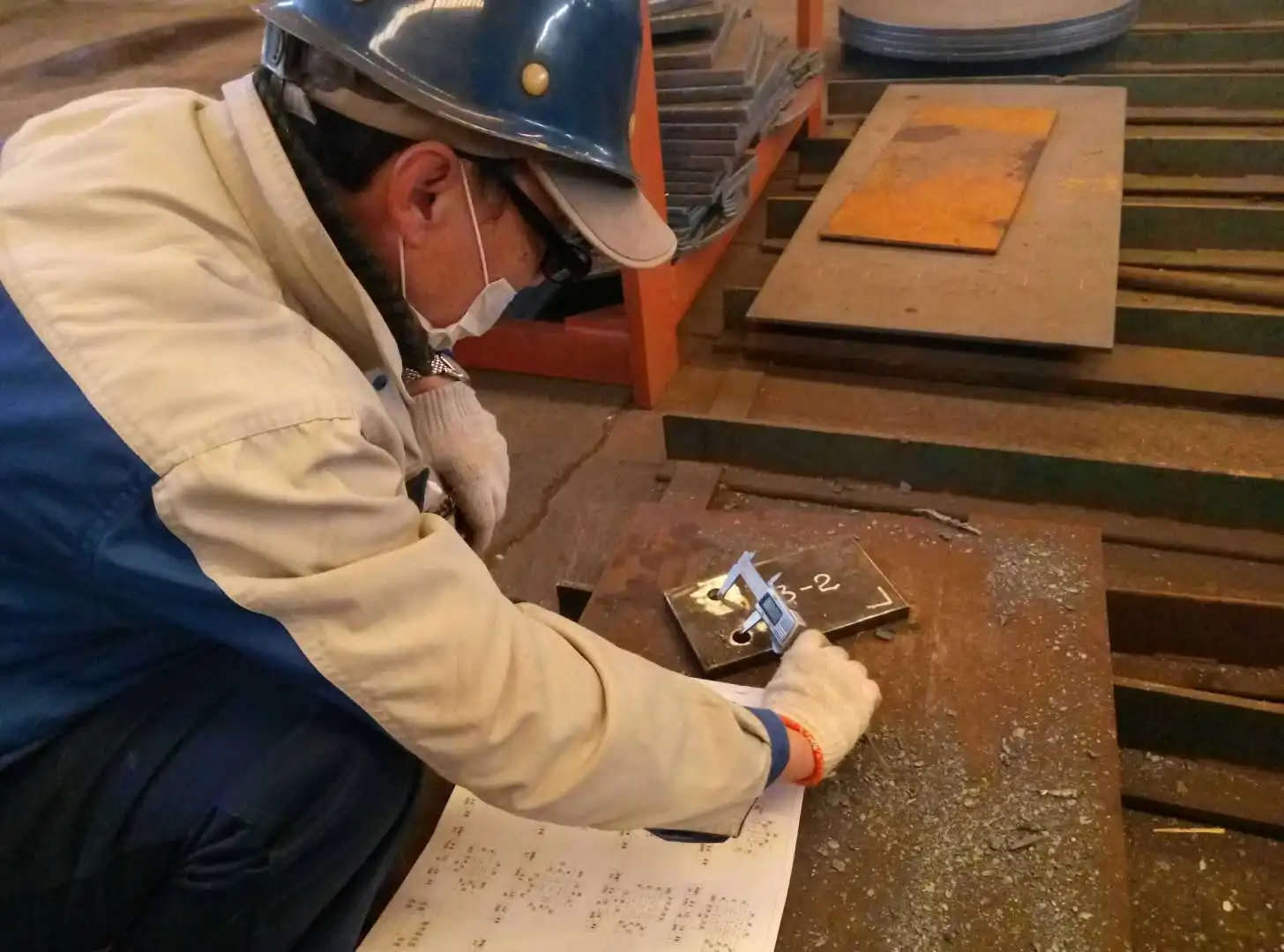
Load-Bearing Capacity and Performance
Steel Plate Girder Strength
Zhongda Steel's plate girders deliver outstanding load-bearing performance, making them ideal for demanding infrastructure projects. Certified under ASTM A709 Gr.50W and supported by extensive fatigue testing, these girders ensure dependable performance under repeated stress and heavy loads. Customizable dimensions and a range of steel grades allow engineers to design tailored solutions for specific project requirements, optimizing structural efficiency. Whether used in bridges, industrial platforms, or high-traffic areas, our plate girders provide robust support, reliability, and peace of mind for long-term structural applications.
Box Girder Advantages
Performance in Extreme Conditions
Zhongda Steel's plate girders are engineered to perform reliably under extreme environmental conditions. The double anti-corrosion treatment, consisting of a base spray coat and topcoat (GB/T 30790), ensures long-term durability even in highly corrosive or challenging climates. These treatments make the girders ideal for projects such as the Alaska Polar Highway Bridge and Nordic Fjord Heavy-Load Bridges, where temperature extremes, moisture, and harsh weather could compromise lesser materials. Combined with precise engineering and robust steel selection, our girders maintain structural integrity and longevity in the most demanding applications.
Applications and Project Considerations
Ideal Uses for Steel Plate Girders
Steel plate girders are versatile and cost-effective for a wide range of applications. They're particularly well-suited for:
- Highway overpasses and viaducts
- Railway bridges
- Industrial structures and warehouses
- Multi-story commercial buildings
Our 60,000-ton annual production capacity allows us to meet the demands of large-scale projects efficiently.
Box Girder Specialties
Box girders are often preferred for:
- Long-span bridges
- Curved or skewed bridge alignments
- Structures requiring high torsional rigidity
- Aesthetically-driven designs where a sleek appearance is desired
Project-Specific Selection Criteria
Choosing between steel plate girders and box girders depends on various factors:
- Span length and load requirements
- Site conditions and accessibility
- Budget constraints
- Construction timeline
- Aesthetic considerations
Our experienced engineering team can help you determine the best solution for your specific project needs, with a 70% client retention rate attesting to our commitment to customer satisfaction.
Conclusion
Both steel plate girders and box girders have their place in modern construction. Steel plate girders offer cost-effectiveness, versatility, and ease of fabrication, making them an excellent choice for many projects. Box girders provide superior torsional rigidity but often at a higher cost. At Shenyang Zhongda Steel Structure Engineering Co., Ltd., we specialize in high-quality steel plate girders that combine strength, durability, and efficiency. Our advanced manufacturing capabilities and commitment to innovation ensure that we deliver superior products tailored to your project's unique requirements.
FAQs
What is the typical delivery time for Zhongda Steel's plate girders?
We offer standard delivery within 30 days and can accommodate special orders within 60 days.
Can Zhongda Steel provide custom steel plate girders for extreme environments?
Yes, we specialize in girders for extreme conditions, such as those used in Alaska and Nordic bridge projects.
What certifications does Zhongda Steel hold?
We hold ISO 9001:2015, ISO 14001:2015, ISO 45001:2018, and ASTM A709 Gr.50W certifications.
Choose Zhongda Steel for Your Next Project
As a leading steel plate girder manufacturer and supplier, Shenyang Zhongda Steel Structure Engineering Co., Ltd. offers unparalleled expertise in delivering high-quality, custom-engineered solutions for your construction needs. Our state-of-the-art facility, combined with our commitment to innovation and quality, ensures that we can meet the most demanding project specifications. For inquiries or to discuss your project requirements, contact us at Ava@zd-steels.com.
References
American Institute of Steel Construction. (2022). Steel Construction Manual, 15th Edition.
Barker, R. M., & Puckett, J. A. (2021). Design of Highway Bridges: An LRFD Approach, 4th Edition.
Chen, W. F., & Duan, L. (2019). Bridge Engineering Handbook: Superstructure Design, 3rd Edition.
Nie, J., & Fan, J. (2020). Steel-Concrete Composite Bridges: Design, Construction, and Maintenance.
Tonias, D. E., & Zhao, J. J. (2018). Bridge Engineering: Design, Rehabilitation, and Maintenance of Modern Highway Bridges, 4th Edition.
Wai-Fah Chen, & Lian Duan. (2022). Handbook of International Bridge Engineering, 2nd Edition.
YOU MAY LIKE












_1746262121950.webp)
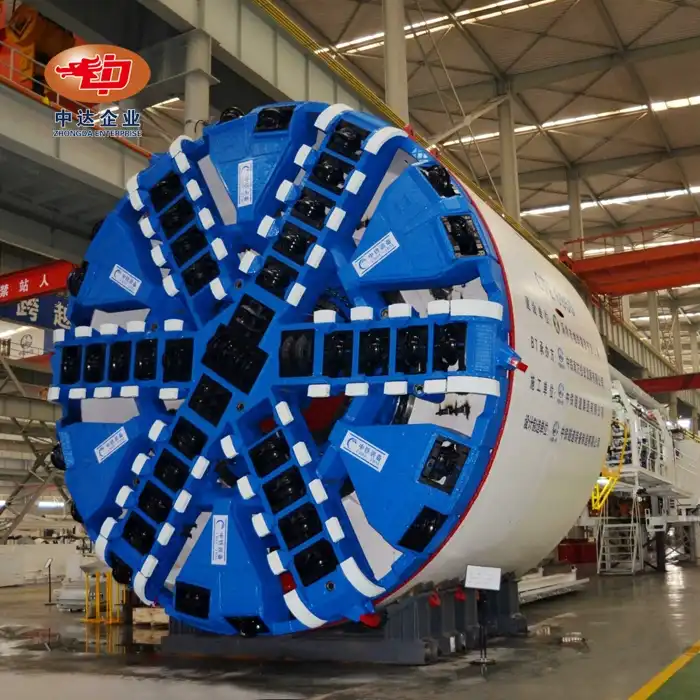
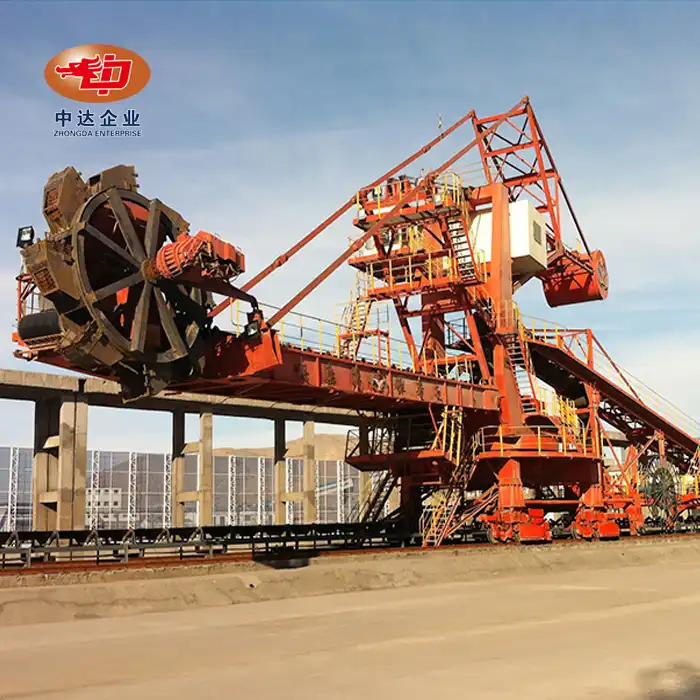
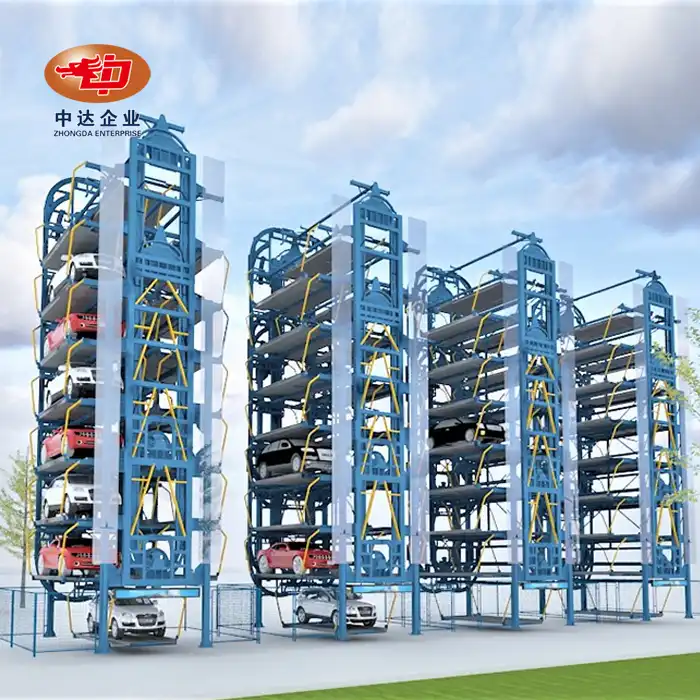
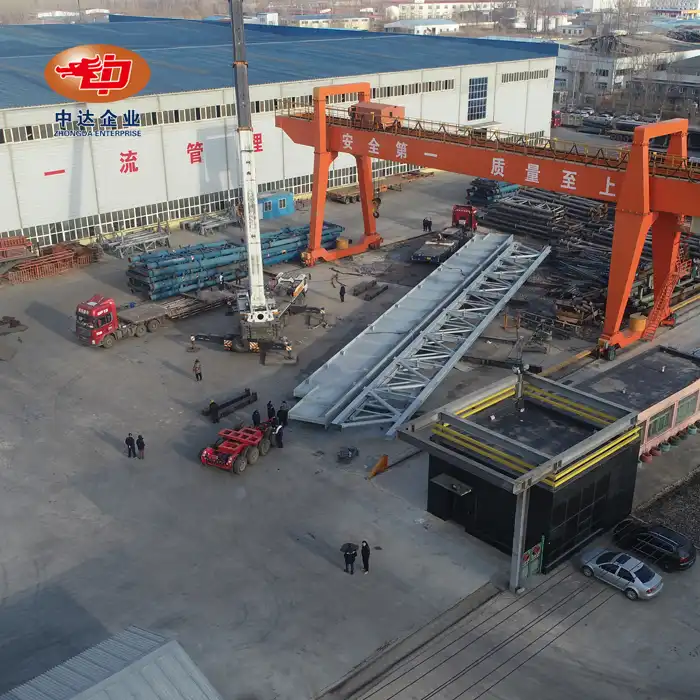
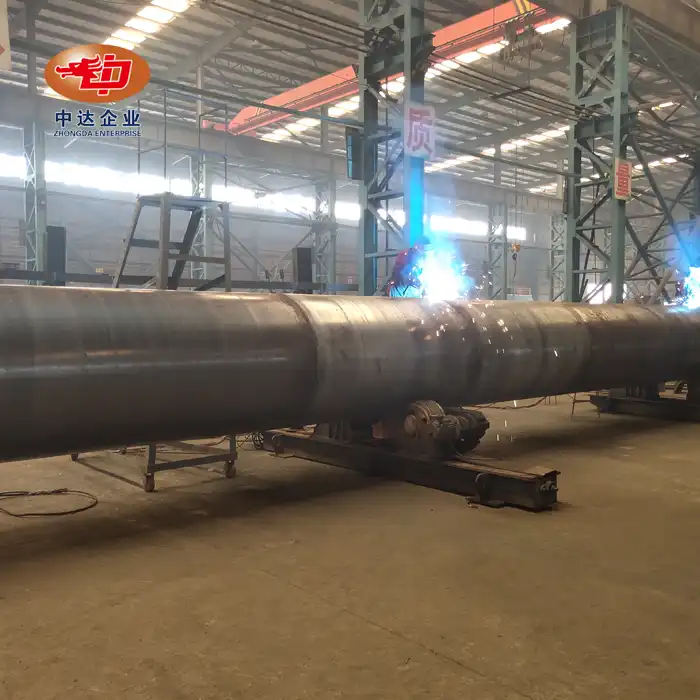
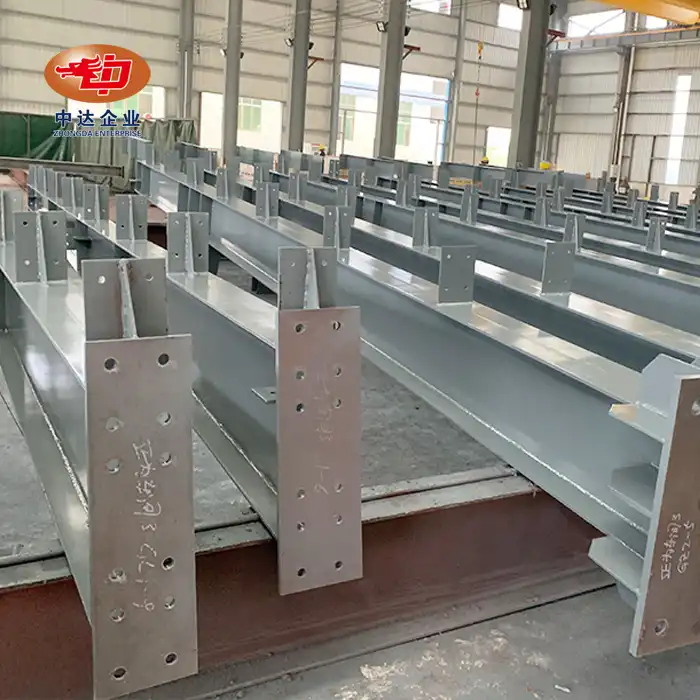
_副本_1755575879773.jpg)
